furini
Member
Hi all
Had the time to experiment a bit with alumilite yesterday and made up some multi-layered blanks by putting one layer in the mould and then immediately mixing up another batch and pouring it over the first layer.
The hope was that the layers would stick to each other, as I've read that alumilite is not great at layering and that PR is the way to go with multilayers (I just can't stand the smell of PR though...).
Attempts were reasonably successful. I've now turned one of each blank and only had a problem with the layered green and yellow blank with one outer layer shearing off.
The circles blank worked better than I expected, and I've got some ideas about how to develop it and take it further. Anyway, enough words!
Pictures, right?
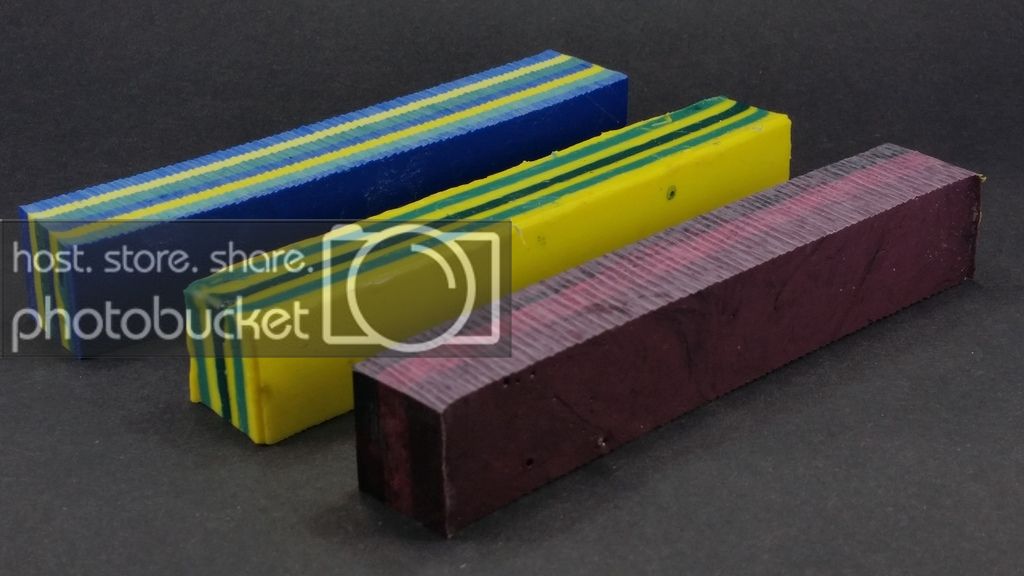
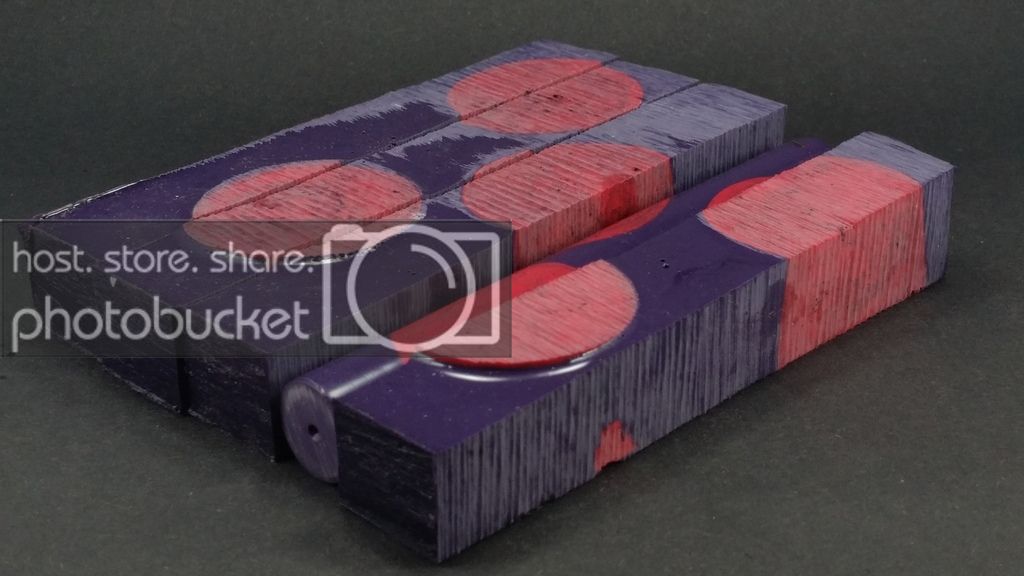
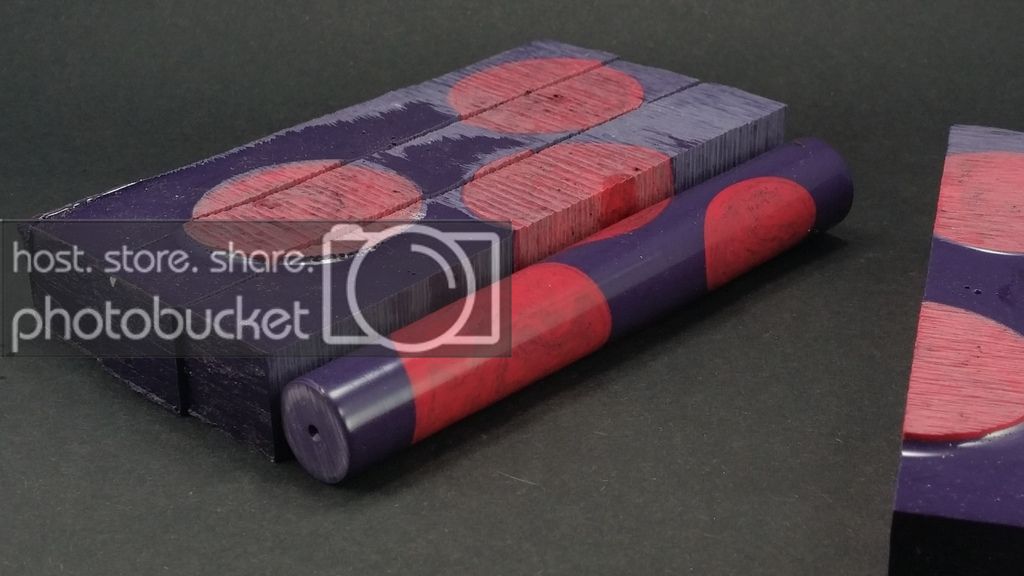
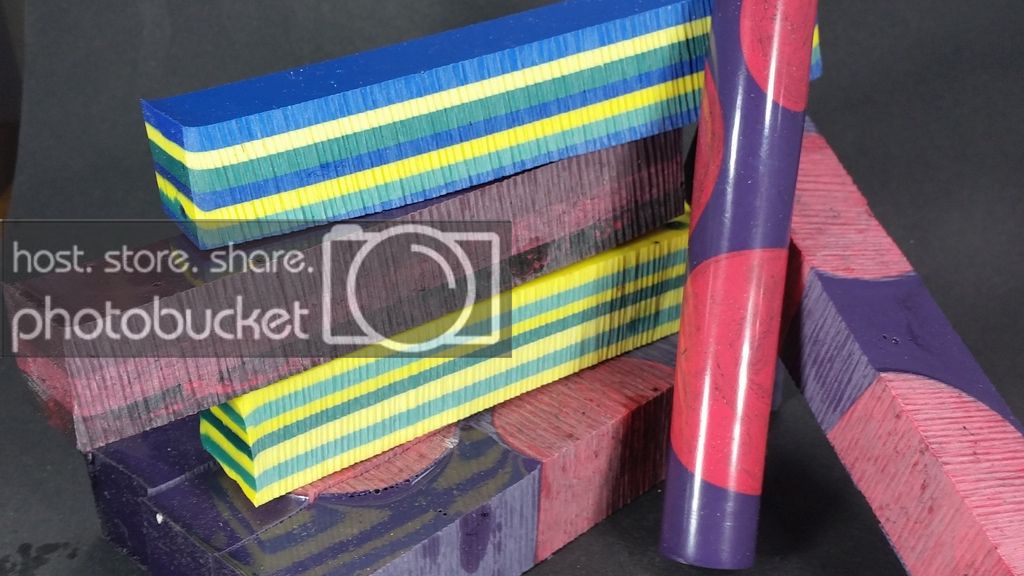
...and gratuitous shot of my light and camera set up...
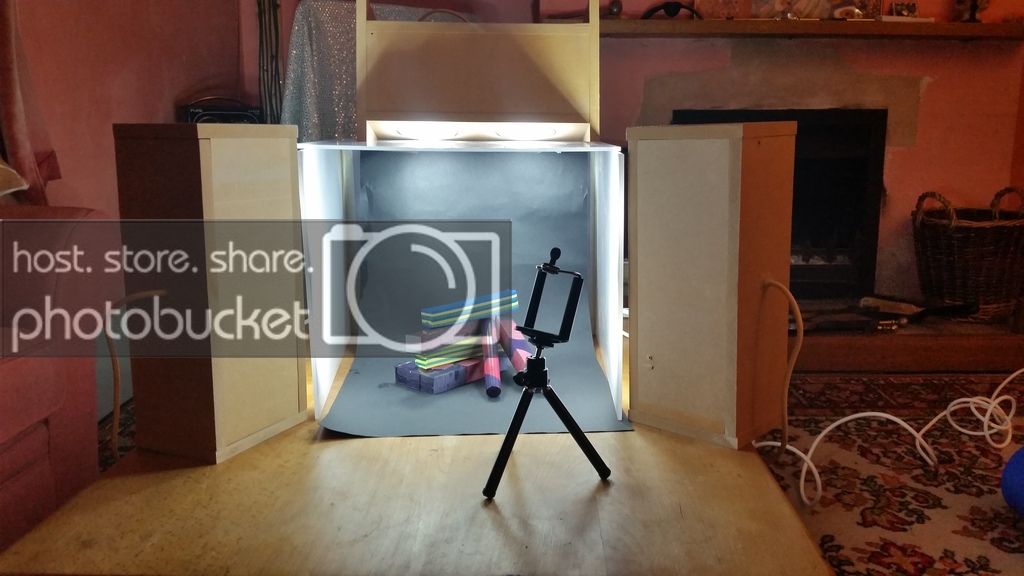
Finally, failed experiment number 1, but I'll be returning to it to have another go...
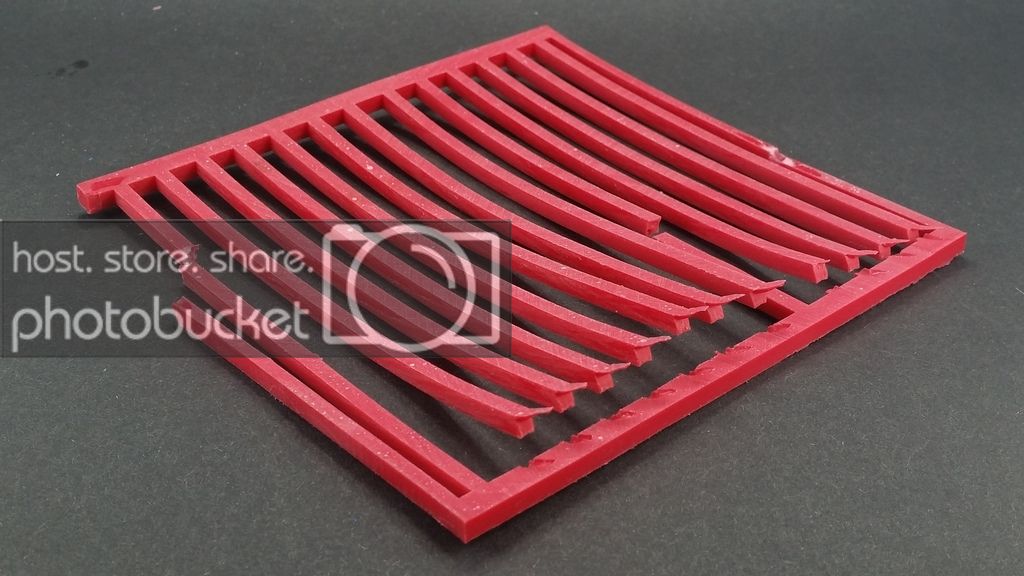
I probably should buy some PR for this last one though!
Had the time to experiment a bit with alumilite yesterday and made up some multi-layered blanks by putting one layer in the mould and then immediately mixing up another batch and pouring it over the first layer.
The hope was that the layers would stick to each other, as I've read that alumilite is not great at layering and that PR is the way to go with multilayers (I just can't stand the smell of PR though...).
Attempts were reasonably successful. I've now turned one of each blank and only had a problem with the layered green and yellow blank with one outer layer shearing off.
The circles blank worked better than I expected, and I've got some ideas about how to develop it and take it further. Anyway, enough words!
Pictures, right?




...and gratuitous shot of my light and camera set up...

Finally, failed experiment number 1, but I'll be returning to it to have another go...

I probably should buy some PR for this last one though!
